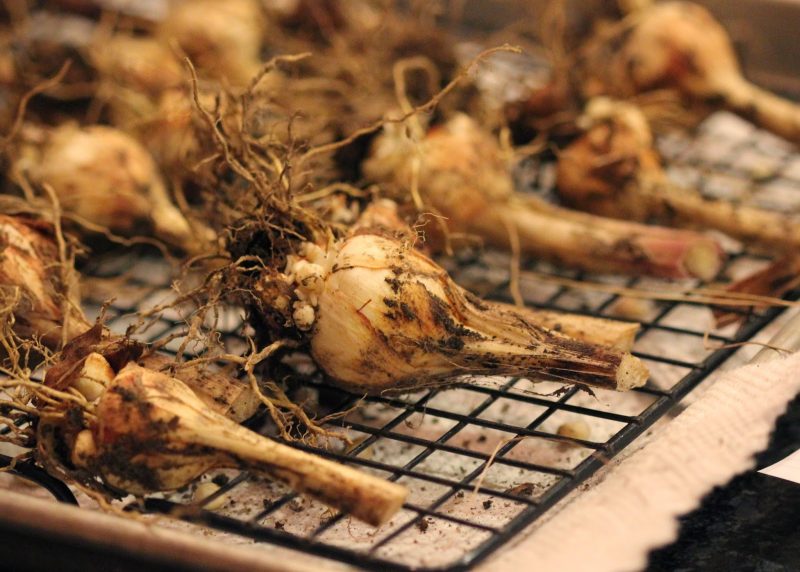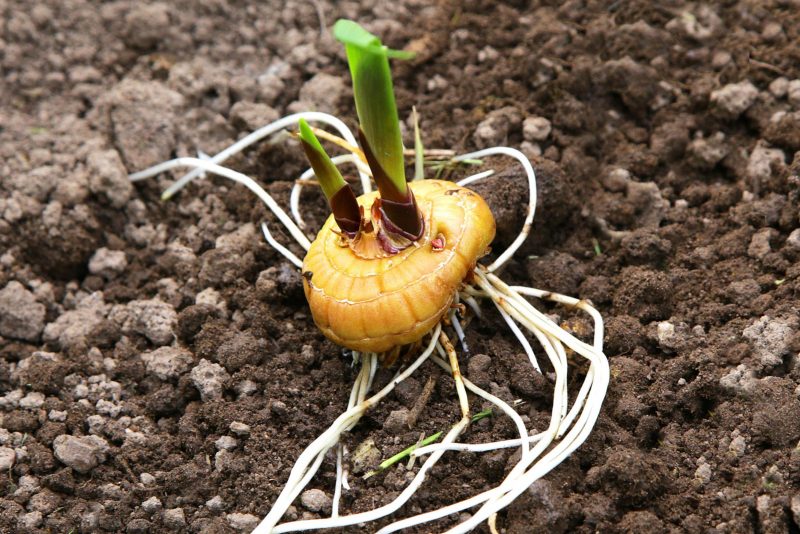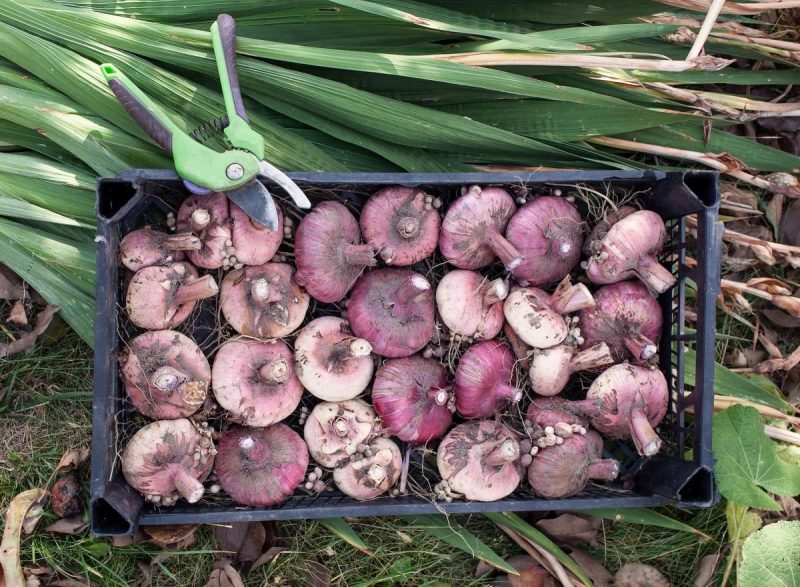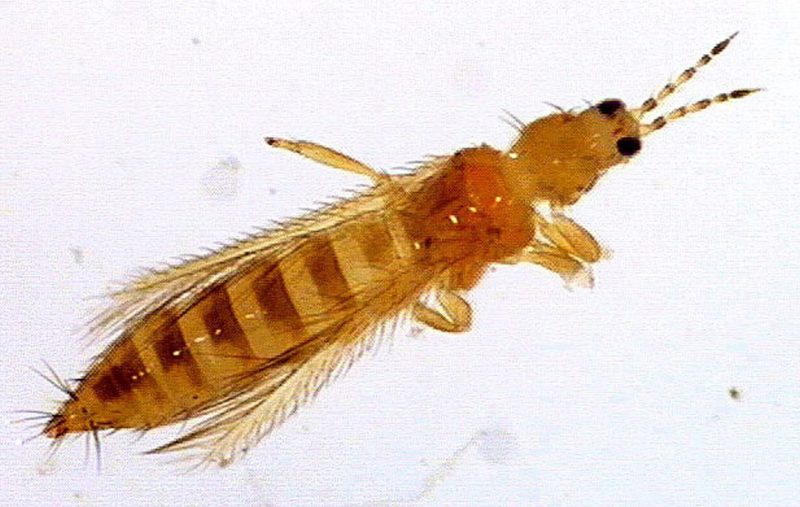Perennial bulbs of gladioli will not be able to tolerate Russian winters in the soil. There is a need for their extraction from the soil and storage in more suitable conditions. It is important to know when growing gladioli when to dig out, and how to store them in winter.
Material Content:
How and when to dig out gladioli for the winter
Choose the timing of the extraction of gladioli bulbs from the soil in accordance with the zone of their cultivation. The starting point is the ambient temperature. Usually, it should fall no lower than plus 5 - 10 degrees.

One of the determining factors is the time when the gladiolus will finish its flowering. After this, at least 30 days should pass. During this period, corms continue to ripen, gaining strength for winter storage.
No need to linger on this event. Being in the ground, gladioli can be affected by soil pests, and autumn rains increase soil moisture, which can lead to rotting of the bulbs.
It is important to remember that gladioli should be scooped up with green leaves, without waiting for their yellowing. This is permissible only in the early varieties of this flower.

But how to remove the bulbs? First we decide how to dig out gladioli for the winter.
- In this case, use a shovel or garden pitchfork. The second option is preferable.
- The tool is placed at a distance from the flower so as not to cut the bulb.
- The bush is carefully pulled out, holding it by the stem.
- Check that in the soil there are no small bulbs-children.
- The leaves of the plant are cut, leaving about 3 cm. Then it is placed on a litter and dried under a canopy in a draft.
- When the bulbs dry out a little, they shake off the adhering earth, cut off the roots.
- Planting material should be sorted by grades, and varieties by size.
Drying and processing bulbs for the winter
Before sending gladioli for storage, they should be treated from all kinds of pests.
After preliminary drying, the bottom of the onion is removed. This dead part serves as a refuge for the larvae of various insects and diseases.

For the same purpose, it is necessary to treat the material with the preparations "Fundazol" or "Maxim", keeping it in solution for at least 20 minutes. Then the tubers are washed and dried. This can be done outdoors in good weather or in a well-ventilated area, turning the bulbs over and letting them dry on all sides.
Two weeks later, the tubers are placed in cardboard boxes and stored at a temperature of 18 ° C for at least 2 months.
Only carefully dried bulbs are sent for winter storage. This will ensure their good condition and the opportunity to get beautiful and lush flowers next summer.
At what temperature do gladioli be stored
The storage regime of the material is of great importance for its safety and ability to give growth to a healthy plant. The first two months of the bulb will not germinate at any positive temperature.

In the future, it is necessary to observe a regime not exceeding + 5ºС. Higher temperatures cause root growth, which is unacceptable in winter, and the awakening of thrips.
Features of storage in the winter in the cellar
A convenient room for storing bulbs of gladioli will serve as a cellar.

- It should provide ventilation that does not allow the presence of dampness and fungus on the walls.
- Humidity should not exceed 70%. With its greater value, the tubers will begin to rot.
For storage use boxes from planks or plastic boxes. They should have openings for ventilation, it is desirable to equip them with a trellised bottom.
An interesting solution is to use old pantyhose or nylon mesh for storage. They are suspended from the ceiling or walls.
How to store in the refrigerator
With a small amount of material and the absence of a cellar, at home, gladioli are stored in the refrigerator.

Choose a place with a suitable temperature, in different brands of the refrigerator it can be an upper or lower shelf.
Each dried onion is wrapped in paper. For this purpose, you can select used paper bags. So you can hold the raw material until spring, sometimes looking at the contents of the package to assess its condition.
During winter storage, the nodules somewhat dry out, become smaller. This is not dangerous. Before planting, they are wrapped in a slightly damp cloth, restoring the condition of the bulb.
Read also: planting gladioli
Pest protection of tubers
The main pest of gladiolus is thrips. They gnaw holes in flowers and shoots, flowers lose their decorative effect. Then they move to the gladiolus bulbs. If you send such a bulb for the winter, thrips will completely destroy it.

Upon examination, you will find a tuber emanated by the pest, which becomes unsuitable for reproduction. The danger is that all the material for planting will gradually be damaged.
This can be avoided by carefully inspecting the gladioli before storing it. Heavily damaged specimens must be immediately taken and burned. The rest should be processed. Minor damage is cut with a sharp knife, and then the cut is treated with green.
A good result is obtained by treating the bulbs with various disinfecting solutions, for example, Karbofos (2 g per 1 liter of water). Suitable modern means "Decis", "Inta-Vir", "Karate".
When processing the bulbs with Decis, prepare a solution of 2 ampoules of insecticide in 10 liters of water. The temperature of the composition should be at least 15 ° C, otherwise we will not get the proper effect. We hold the tubers for 40 minutes, keeping the temperature of the solution unchanged.
To exclude the possibility of thrips, plants are sprayed with Fitoverm, Actellik or Confidor two weeks before digging the bulbs.
It is not so difficult to provide yourself with healthy planting material. The main thing is to observe agricultural technology when growing plants, timely harvest tubers and properly prepare them for winter storage. Keeping the regime indoors, you will keep them whole and healthy until spring.












